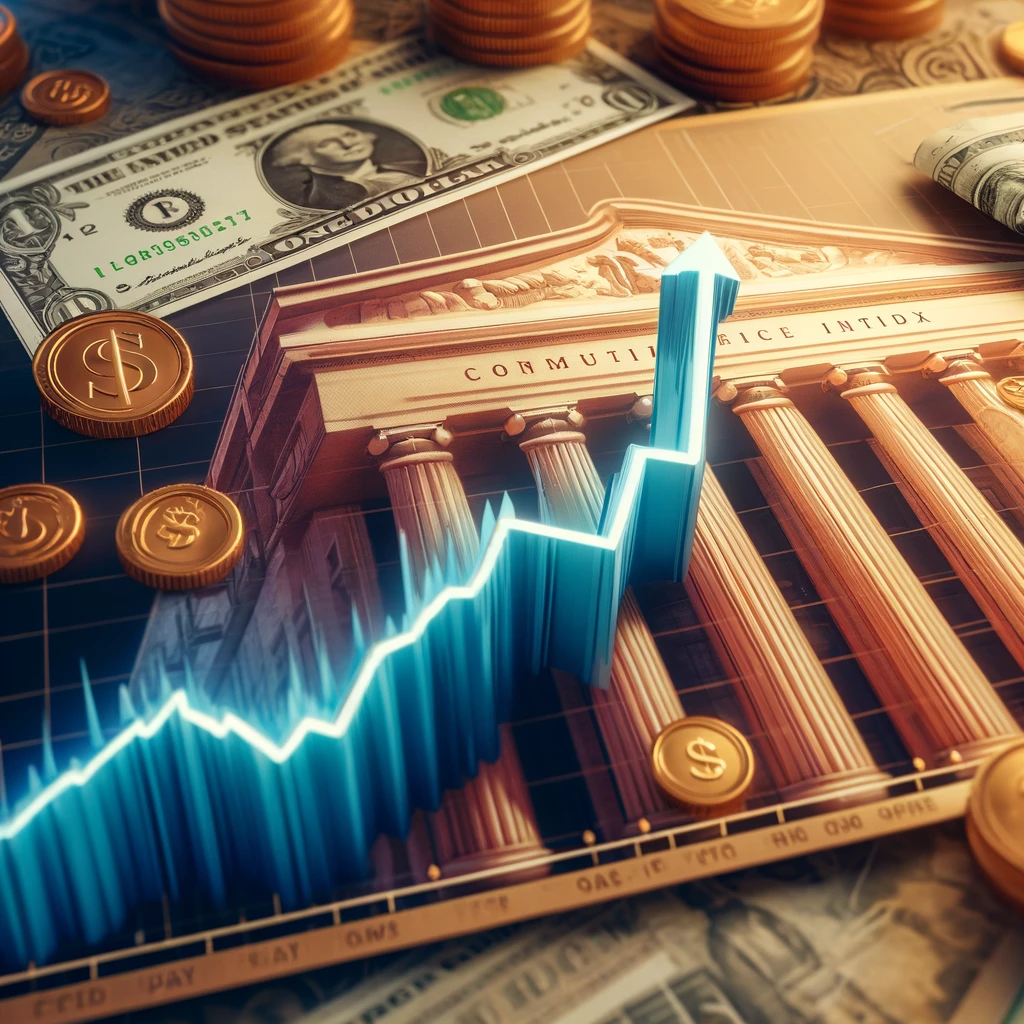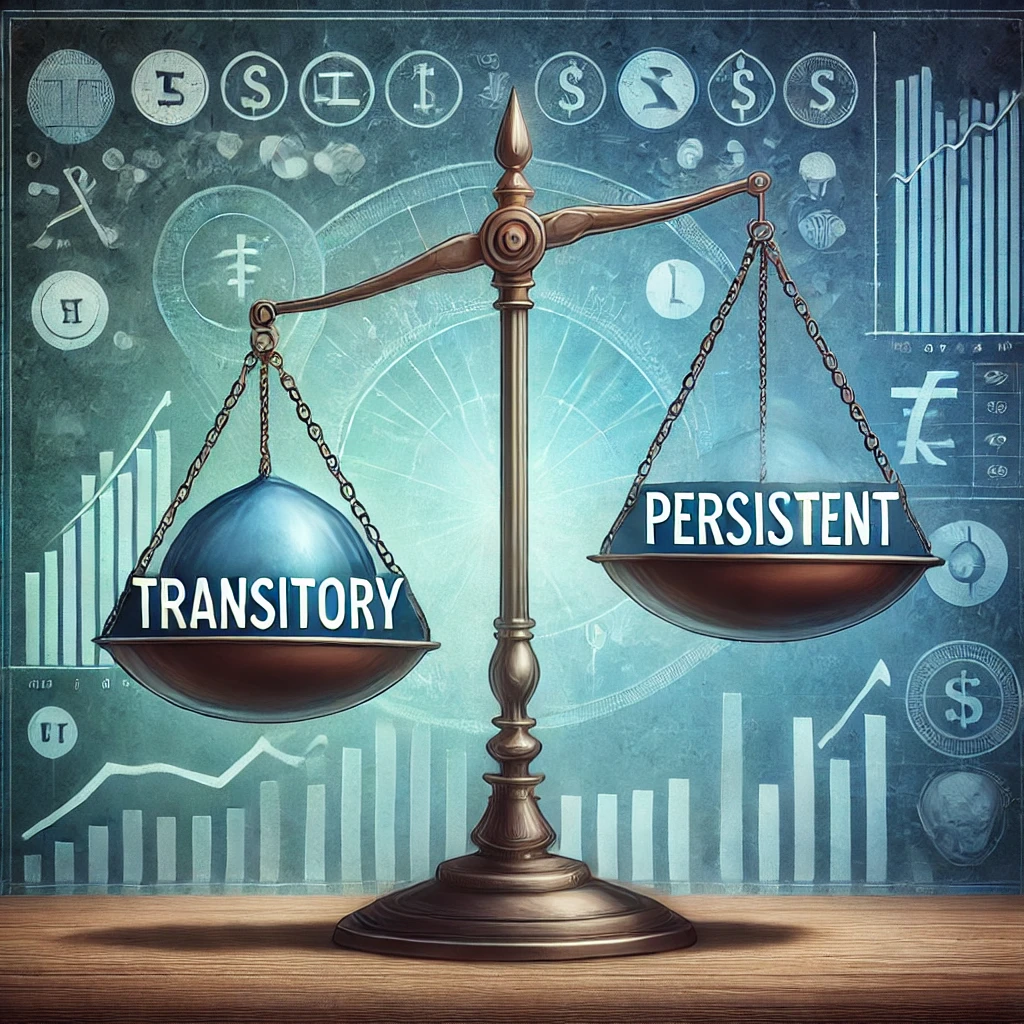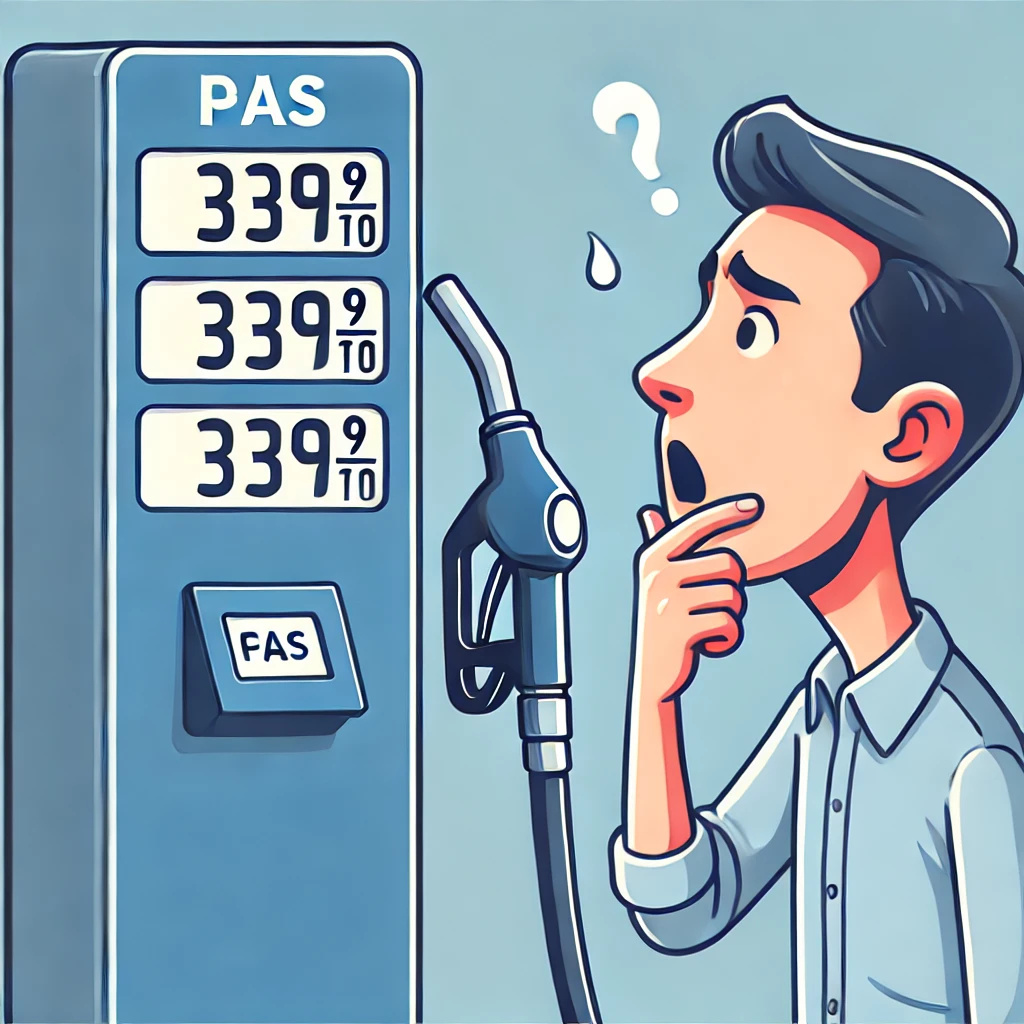A Tale of Two Wallets
Imagine strolling through the grocery store, picking up your usual items, and suddenly realizing that your grocery bill is significantly higher than it was a few months ago. Or perhaps you’ve noticed that the cost to fill up your car’s gas tank has steadily risen, leaving you with a sense of dread every time you pull up to the pump. It’s not just your imagination – prices have indeed been climbing, and it’s all due to a recent surge in inflation. But what does this mean for you, and should you be concerned?
Inflation is like a stealthy pickpocket, sneaking into our wallets and gradually taking away our purchasing power. And lately, this pickpocket has been working overtime, with the United States experiencing the highest inflation rates in over a decade. But is this a short-term issue, or should we brace ourselves for a more prolonged and persistent inflationary era?
Let’s dive into the recent inflation trends, explore the factors behind the surge, and examine whether we should be alarmed by this economic phenomenon.


Decoding the Recent Inflation Surge
In the past year, the United States has seen a significant increase in inflation rates, with the Consumer Price Index (CPI) – a measure of the average change in prices paid by consumers for goods and services – rising at an alarming pace. This has prompted widespread debate and concern among economists, policymakers, and the general public.
But what’s causing this sudden uptick in inflation? Several factors have contributed to the current situation, including supply chain disruptions, labor shortages, and pent-up demand from consumers as pandemic restrictions ease. With businesses struggling to meet the sudden surge in demand, prices for goods and services have inevitably climbed.
Another factor to consider is the unprecedented amount of fiscal and monetary stimulus introduced by the government and the Federal Reserve to combat the economic fallout from the pandemic. The infusion of trillions of dollars into the economy has undoubtedly played a role in the inflationary pressures we’re experiencing today.

Transitory or Persistent: The Great Debate
Now that we’ve uncovered the factors behind the recent inflation surge, the vital question remains: Is this a temporary blip, or should we prepare ourselves for a long-lasting period of high inflation?
On one side of the debate, we have those who argue that this inflation surge is transitory, meaning it’s a short-term phenomenon that will eventually subside. They point to the unique circumstances brought on by the pandemic, such as supply chain disruptions and the rapid reopening of the economy, as temporary drivers of inflation. Additionally, they believe that as these factors resolve themselves and the economy returns to a more normal state, inflation rates will stabilize.
On the other side, we have the persistent inflation camp, who warn that we may be in for a more prolonged period of elevated inflation. They argue that the massive fiscal and monetary stimulus, coupled with the potential for ongoing supply chain issues and labor shortages, could lead to sustained inflationary pressures. They fear that if left unchecked, this could spiral into a more severe and long-lasting economic problem.

Should We Be Concerned?
So, should we be concerned about the recent surge in inflation? The answer largely depends on which side of the debate you fall on. If you believe that this is a transitory issue, then you might not be too worried. You may see the current inflation rates as an inevitable consequence of the unique circumstances we find ourselves in, and you trust that things will eventually stabilize.
However, if you’re in the persistent inflation camp, you’re likely more concerned about the potential long-term implications of high inflation. Persistent inflation can erode purchasing power, increase the cost of living, and potentially lead to a negative feedback loop, where inflationary expectations drive further price increases. In this scenario, it’s crucial for policymakers and the Federal Reserve to closely monitor the situation and take appropriate action if needed.


Ultimately, only time will tell whether the recent surge in inflation is a passing phase or a harbinger of more persistent issues. As the economy continues to recover and adapt, we must stay vigilant and be prepared for the potential challenges that lie ahead. And as individuals, we must be mindful of the impact of inflation on our lives and adjust our financial plans accordingly. After all, the pickpocket called inflation is always lurking, waiting for the right moment to strike.

